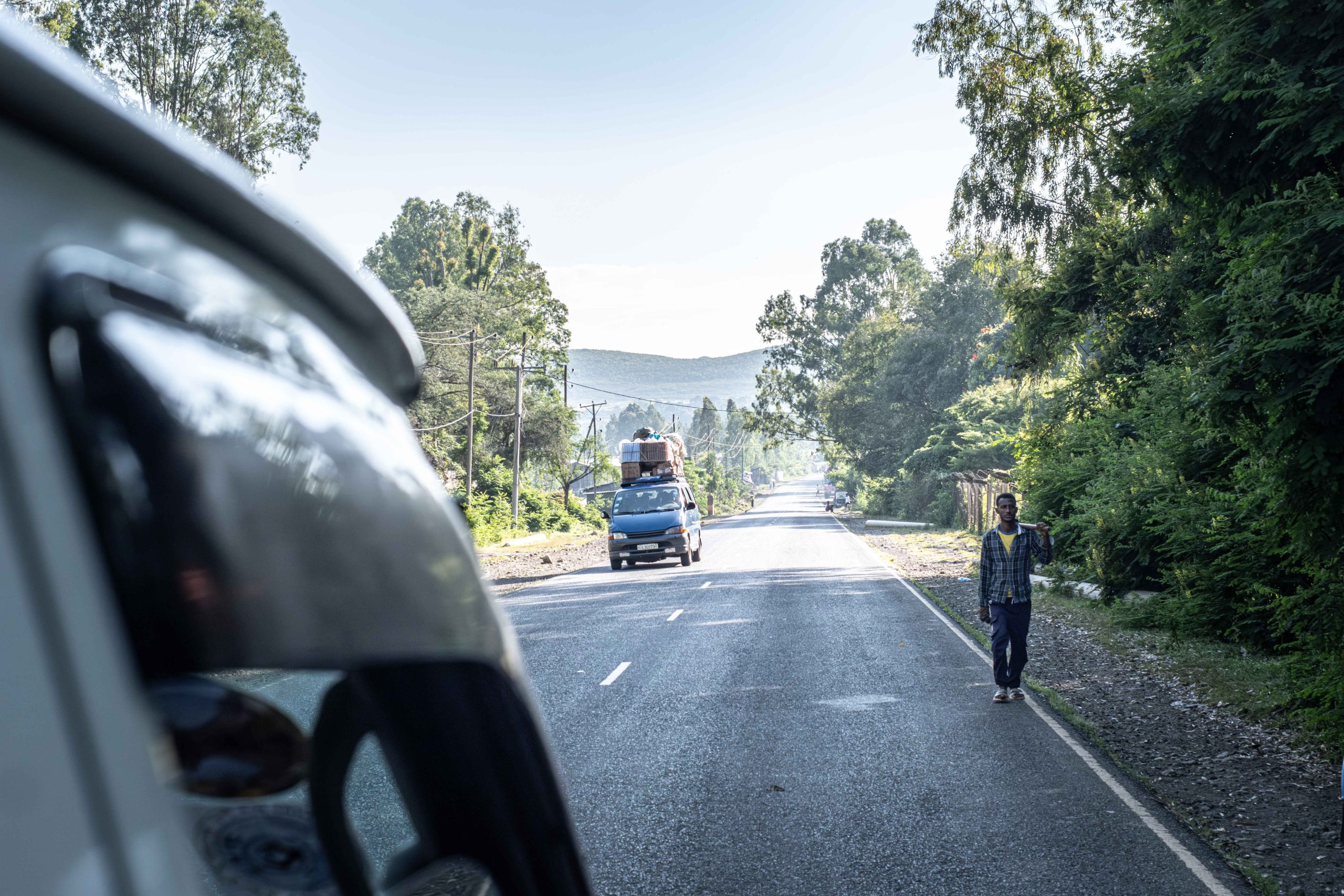Ethiopia 2025 – Le Monde
Abduction and Insecurity in Ethiopia
“They blindfolded us and took us into a maize field. We could only hear the wind and the footsteps.”
Dereje, a 31-year-old truck driver, recalls the night he and a colleague were abducted near Baher Dar, in Ethiopia’s Amhara region. The attackers, their faces covered by scarves, left them tied up after stealing their vehicle and its cargo. Since that day, Dereje has stopped driving long-distance routes. He now earns a living on the streets of Baher Dar with a small three-wheel taxi — his wooden Orthodox cross constantly between his fingers.
Across the Amhara region, stories like Dereje’s have multiplied. Since 2023, when the conflict between the Fano militia and the Ethiopian army erupted, kidnappings, ambushes and armed robberies have become part of everyday life.
But the violence is not limited to Amhara. The Ethiopian Human Rights Commission, in a report published in October 2025, warns that similar incidents are rising in Oromia, Benishangul-Gumuz and other regions. In many areas, suspicion falls on the same armed groups active in these territories — such as the Fano in Amhara or the Oromo Liberation Army (OLA) in Oromia.
On the main road between Baher Dar and Gondar, 170 kilometers apart, drivers now travel only in daylight. Abraham, a young minibus driver, explains that what was once a two-hour journey can now take an entire day. “Every stop feels uncertain — you don’t know who might come out of the bush,” he says. “But I keep driving. There’s no other way to feed my son.”
His words echo the fear shared by thousands of workers and travelers across Ethiopia, where the weak presence of state authorities in some areas has left space for criminal networks and armed groups to thrive.
The internal insecurity driven by ongoing regional conflicts and deepening poverty is making daily life increasingly difficult, especially for rural populations. With disrupted trade routes and higher transport risks, food and basic goods continue to rise in price — adding economic hardship to an already fragile social landscape.




















